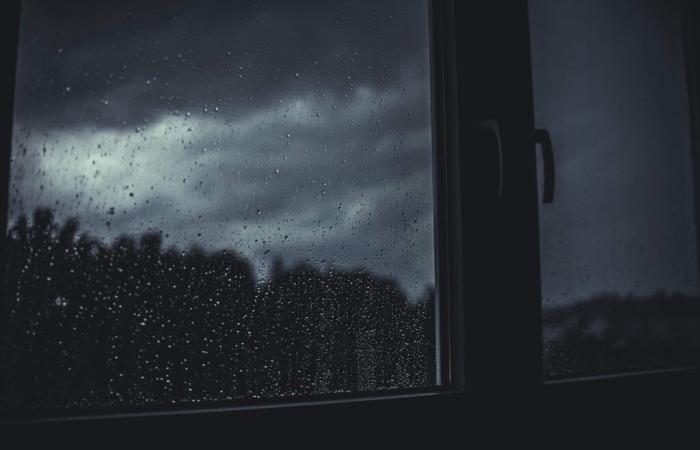The insurance premium can be reduced if the house is reinforced by the owners. (Illustration) (Pexels / Pixabay)
Floods, storms, drought… Extreme weather events make home insurance more complex. With their multiplication, insurers increase the price of premiums and add exclusion clauses. Explanations.
With the increase in extreme weather events caused by global warming, insuring your home is becoming more complex and more expensive. Storms, floods and droughts are becoming more and more frequent, making disasters more likely. An observation which forces insurers to re-evaluate their offers, which mainly results in an increase in premiums to cover costly repairs, notes the site
SeLoger
.
Risk areas, such as those located near rivers or coastlines, are the most affected by this inflation. In addition to the increase in premiums, certain home insurance contracts include new exclusion clauses such as water overflow. In this case, the victims will not be supported during floods or floods. It is therefore necessary to know the clauses of your contract well to know what damage is really covered.
Strengthen your home
In anticipation of risks, insurers encourage homeowners to take steps to strengthen their homes. These measures, such as strengthening roofs or installing drainage systems, help reduce the risk of claims and are often rewarded by a reduction in premium of between 10% and 20%. However, the best thing is to adapt your home insurance guarantees to the weather hazards in your region.
Our colleagues finally point out that the CAT NAT system facilitates compensation for losses linked to natural disasters, subject to official recognition from the State. Once the natural disaster status has been validated, victims have 30 days to report their damage. Insurers have three months to compensate. This plan includes a legal excess of €380 increased for certain specific damages, such as land movements linked to drought.
Canada






